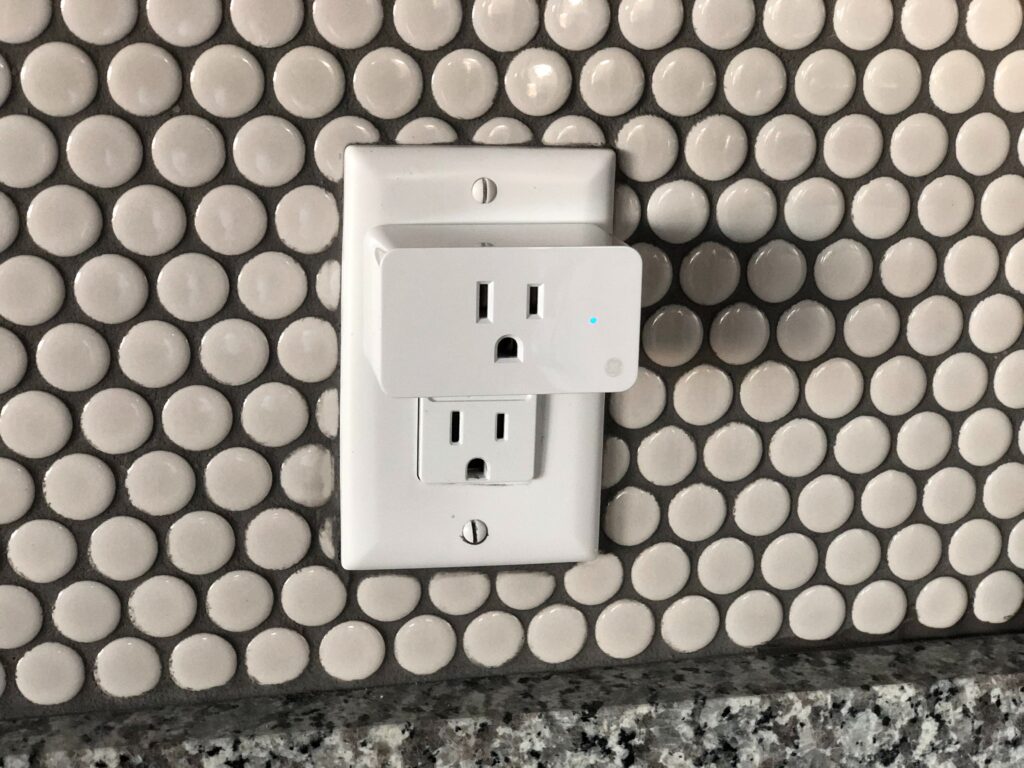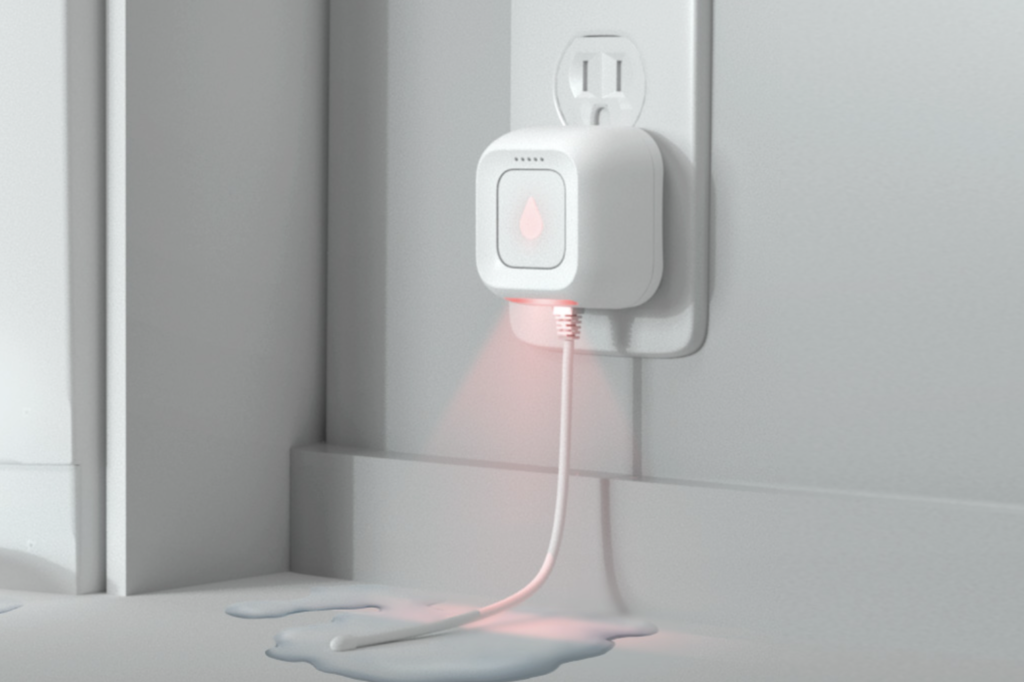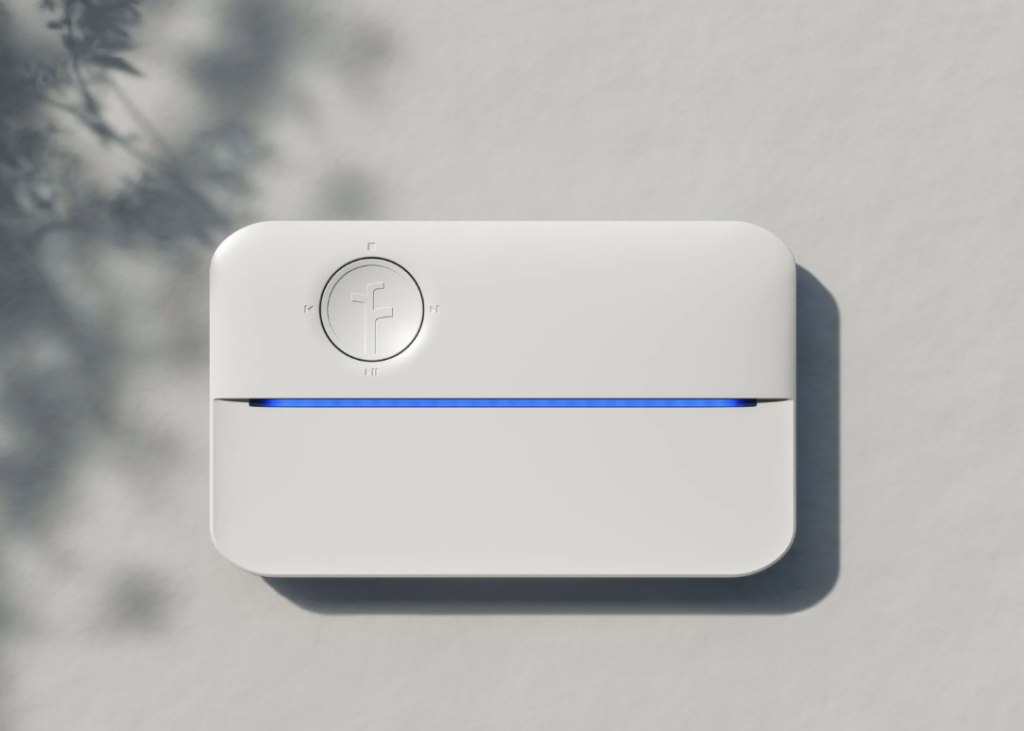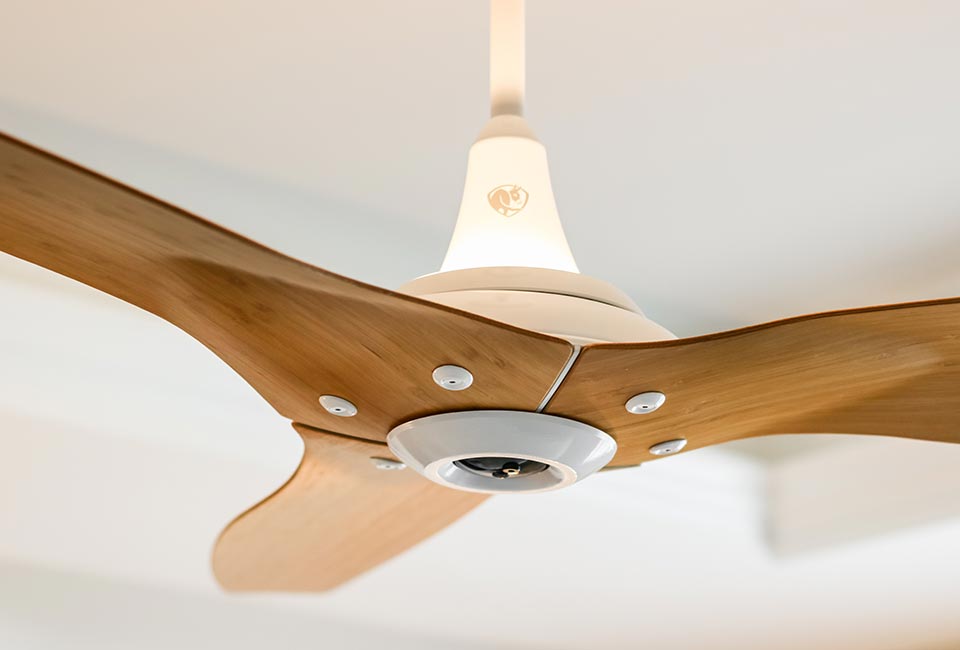Canadians are one of the world’s largest energy consumers, but how smart are we with it? If we’re anything like the U.S., who spend up to $130 billion annually on wasted energy, we might not be as smart as we’d like to be. But new smart home devices, like smart thermostats and water leak detectors, can help increase energy efficiency, reduce your carbon footprint and save you money in the long run. We explore some of the latest smart home devices on the market and how much energy they actually save.
Table of Contents

Smart Light Bulbs or Light Strips
Smart light bulbs or light strips are connected to your Wi-Fi and can be controlled by an app on your phone.
How They Save Energy
Smart light bulbs are generally made from light-emitting diodes (LEDs), which are 70-90% more energy efficient than incandescent light bulbs. On average, they’ll also last longer, between 15,000 – 50,000 hours compared to 750-2,000 hours for an incandescent bulb. By setting smart lights on a schedule, you can monitor and reduce the amount of lights left on when the room isn’t in use.
How Much Energy They Save
There’s no one size fits all when it comes to energy savings with smart home devices. How much you can save using smart light bulbs depends on how much energy you use now. You’ll see higher savings switching to smart light bulbs if you have multiple incandescent or compact fluorescent lamp (CFL) light bulbs in your home rather than standard LED bulbs. The average American home has more than 40 sockets for light bulbs, larger homes have even more. Over its lifetime, one ENERGY STAR rated light bulb can replace eight incandescent bulbs, saving over $30. By replacing 10 light bulbs in your home, you could save $300.
Smart light bulbs also come with a dimming feature, which can cut another 40% off your energy use.

Smart Plugs
Smart plugs plug into your existing outlet and allow you to control the flow of electricity to the connected devices through an app.
How They Save Energy
Along with smart light bulbs, smart plugs are one of the most accessible smart home devices on the market. Regularly used for controlling floor and side lamps, they can help reduce energy use through their scheduling features. Some smart plugs also track your energy consumption, letting you know where you’re spending the most money.
Devices like gaming consoles can deceptively consume a lot of energy when they’re in stand by and idle mode. A Playstation 4 uses 0.47 watts per hour on standby, up to 86.5 watts on idle. Over the course of a week, over 13,700 watts are wasted just from idle mode.
If you have multiple devices, smart power strips can track up to six individually and cut the power when the devices aren’t in use.
How Much Energy They Save
While they use vampire energy themselves, one of the main benefits of smart plugs is in their ability to reduce energy flowing to your other devices. How much energy they save will depend on which devices you use with them and if they were high energy consumers in the first place.
In the example of a gaming console, you can save over 13,000 watts per week by using a smart plug to turn the device off rather than leaving it in idle mode. The more devices you connect and set to a schedule, especially ones than you know you have trouble turning off regularly, like a TV at night or a hall light etc., the more savings you’ll see in the long run.

Smart Thermostat
Smart thermostats upgrade your central heating and cooling controls by connecting your thermostat to your Wi-Fi, making it easier to control and schedule.
How They Save Energy
Smart thermostats track your energy use and help optimize your heating and cooling schedule. By knowing your habits, location, heating preferences, most energy efficient times, and even the weather reports, a smart thermostat can reduce wasted energy. For example, a smart thermostat can detect if it’s going to be a sunny day while you’re out of the house and adjust your temperature accordingly so you’re not blasting heating when you don’t need to.
How Much Energy They Save
As with most other smart home devices, how much energy you can save depends on how how much energy you use now and how much you lean on the smart home device optimization features. According to Nest Labs, an average household could save 10–12 percent on heating costs and 15 percent on cooling by using a smart thermostat. Considering home energy costs can account for up to almost 5% of household income, a reduction of 10-15% could translate to real cost savings.

Smart Water Leak Detector
Smart Water Leak Detectors notify you if they sense a leak, helping to prevent water damage through early detection.
How They Save Water
Smart water leak detectors are designed to notify you of water leaks before they have a chance to cause significant damage. When coupled with smart water values, they can also automatically turn your water off if needed.
How Much Water They Save
According to the EPA, the average household wastes almost 10,000 gallons or 37,854 litres of water every year, with 10% of houses leaking over 90 gallons or 340 litres per day. These leaks often come from running toilets or leaky faucets. A leaking faucet at a drip a second can waste up to 3,000 gallons or 11,356 litres per year. Just catching and fixing one faucet drip with a smart water leak detector could save $30 per year in Canada. If you’re one of the 10% of houses leaking over 340 litres per day, you could save almost $330 per year.
The EPA created “Fix a Leak Week”, running from March 20-26, 2023 to create awareness of household water leaks and encourage people to find and fix them. With a smart water leak detector, you don’t need to be reminded to check for leaks by the EPA, your smart device will do it for you.

Smart Sprinkler Controllers
Smart Sprinklers Controllers help you save money by managing the amount of water you use outdoors.
How They Save Water
Smart Sprinklers can take weather information, soil moisture and plant types into account and automatically set a schedule to reduce water wastage.
A regular garden sprinkler can use 1,020 gallons or 3,861 litres per hour, over 46,000 litres in a three month period. By monitoring weather conditions and soil moisture, you can optimize and reduce when you water your garden or lawn. Some devices will also run usage reports, letting you know how much water you’re using.
How Much Water They Save
Automating your watering schedule predicts savings of between 20–50% on water consumption. As with other devices, how much you can save will depend on a few individual factors including how much water you typically use, your climate type and garden size. But even in rainy areas, a smart sprinkler system can save water.
In the US, the EPA estimates a savings of about 390 billion gallons of water and $4.5 billion in water costs if every home switched from an automatic sprinkler system to a smart sprinkler system.

Smart Air Conditioner
Similar to a smart thermostat, smart air conditioners automate your temperature controls, letting you make adjustments anytime through an app on your phone.
How They Save Energy
Many smart air conditioners are made with dual inverter technology, boasting between 25–35% in energy savings. Smart air conditioners save energy by using less energy to cool and by scheduling use only when you need it.
There’s about 1.6 million air conditioners in the world, over half are in the U.S. and China. All these air conditioners use over 2,000 terawatt hours of electricity every year and account for almost 20% of the energy used in buildings today. At a household level, according to the U.S. Department of Energy, 12% of household energy is spent on air conditioning.
Switching to a smart air conditioner and reducing your use can also help lower the amount of carbon dioxide emissions released. Since 1990, carbon dioxide emissions from cooling have tripled, now at 1,130 million tonnes.
How Much Energy They Save
The average central air conditioner uses about 3,000 watts an hour, down to 1,440 for a window unit. Most run for at least four hours a day but this can go up in warmer months. On average, an air conditioner will run for 1,600 hours throughout the year. Most don’t run straight, rather they’ll work in 15 minute bursts twice an hour.
In Ontario, running an air conditioner for 4 hours a day on peak during the summer will cost about $55 per month or $1.80 per day. At reported energy savings of up to 35%, a smart air conditioner could bring your monthly cost below $20.

Smart Ceiling Fan
Smart ceiling fans connect to your Wi-Fi and work with other smart home devices to schedule and optimize their use.
How They Save Energy
Smart ceiling fans let you adjust and schedule your fan easily through an app on your phone or through voice-activated commands, if using another smart home device like Google Home or Amazon Alexa. Some smart ceiling fans, like those from Big Ass Fans, come with motion sensors to detect when you’re not in the room and reduce wasted energy.
Smart ceiling fans can also help keep air moving more efficiently, preventing hot air from accumulating and needing longer fan or air conditioner times. The more efficiently air moves around, the less energy needed to keep it moving.
How Much Energy They Save
Some smart ceiling fans on the market, like those from Modern Forms, use DC motors instead of AC motors, which are 70% more energy efficient.
According to a UC Berkeley study, using smart ceiling fans can show energy savings as high as 71% and a median savings of 15%.

Smart Shades
Smart shades connect to your Wi-Fi, letting you control them through your smartphone and set them on a schedule.
How They Save Energy
While obviously necessary, windows waste a lot of energy in a house. According to the U.S. Department of Energy, heat gains and losses from windows are responsible for 25-30% of household heating and cooling use. But window shades can offer protection from the summer sun and avoid losing heat during the winter. Smart shades go a step further, offering voice command features and using temperature data to adjust position.
Smart shades can save household energy and human energy. According to Soma, we spend 40 days during our lives opening and closing shades. Automating your window shades can give you precious hours, and even days back. If you’re not ready to replace and upgrade your shades, you can also get smart shade controllers that work with most shades.
How Much Energy They Save
How much energy you can save from smart blinds depends on the type of blinds you get, how big your home is and how many windows you have. But research shows that using blinds reduces energy loss by up to 45%.
In addition, good window coverings can help reduce CO2 emissions by saving up to 270 m3 of gas per year. In Ontario, where gas costs between 23-32 cent per m3, reducing your use by 270 m3 could save between 62-86 dollars per year.
Sustayn is designed to present the most useful recommendations for environmentally friendly approaches and items. We update links when possible, but note that links can be broken and subject to change.








